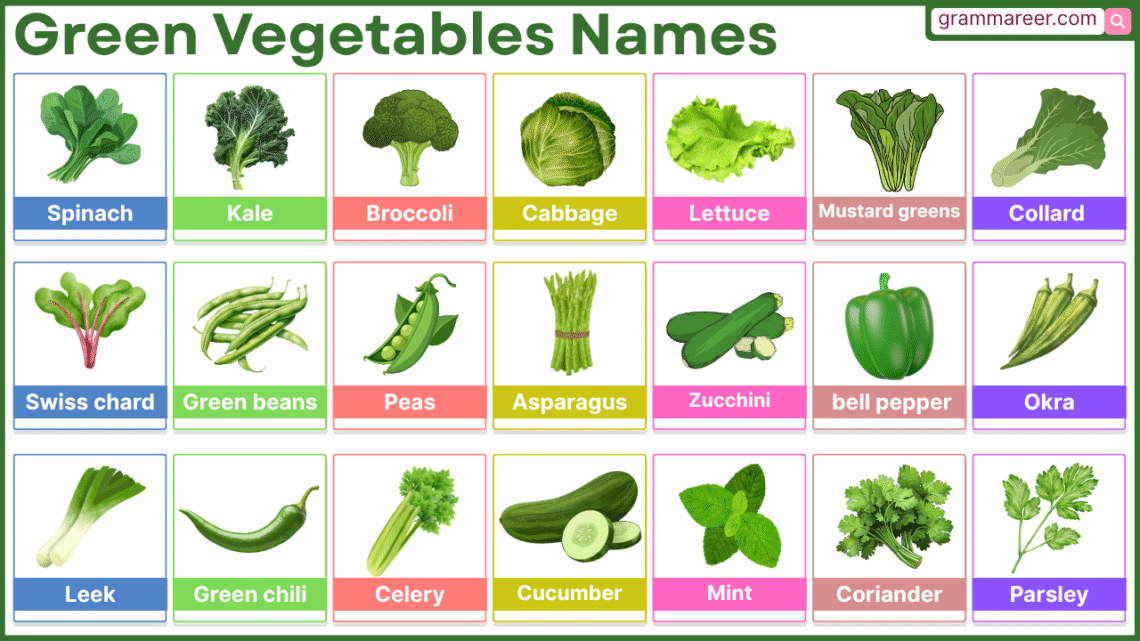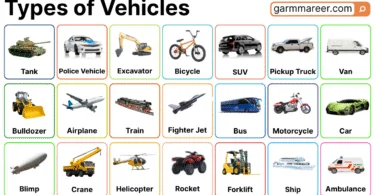Learning green vegetables names in English helps understand food labels, recipes, and everyday conversations. If you’re studying English, knowing these vegetable words builds essential vocabulary. Many green vegetables also appear in menus, cooking shows, and schoolbooks. This blog post helps you learn green vegetable names in a clear, structured way. You’ll also see their use by shape, cooking style, and how to identify them in English. With word-picture pairs and real examples, it becomes easier to memorize.
Table of Contents
Common Green Vegetables Names You Should Know
This section introduces green vegetables that are found in most kitchens and grocery stores. These are the ones people use often in cooking or salads.
Kale: Kale is a dark green leafy vegetable rich in vitamins. It is eaten in salads, soups, and sautéed meals.
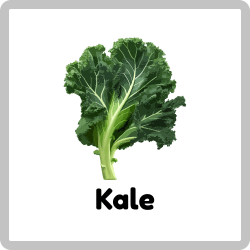
Okra: Okra, also called lady’s finger, has a sticky texture when cooked.
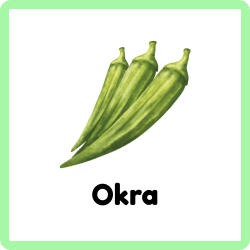
Spinach: Spinach has tender leaves. It is filled with iron and vitamins, eaten raw in salads or cooked in soups and curries.
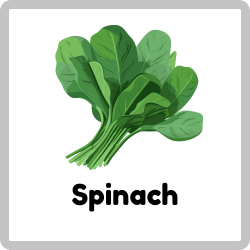
Peas: Peas are small and round. Often added to rice, soups, and side dishes for flavor.
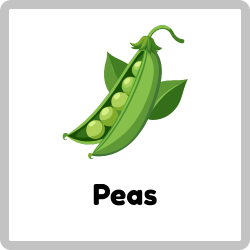
Green bell pepper: Green bell peppers are crunchy vegetables.
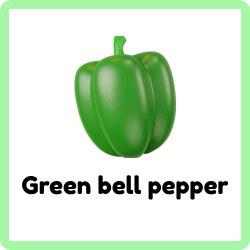
Mustard greens: Mustard greens have a slightly spicy flavor.
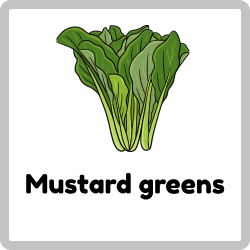
Green beans: Green beans are long and tender vegetables.
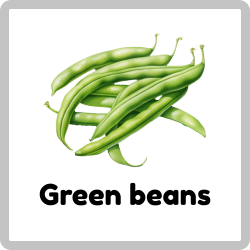
Zucchini: Zucchini is a soft green vegetable. It is grilled, baked, or stir-fried, and used in both savory and light dishes.
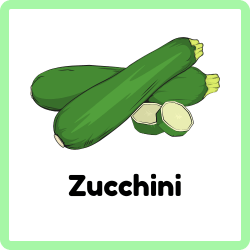
Collard greens: Collard greens have large leaves.
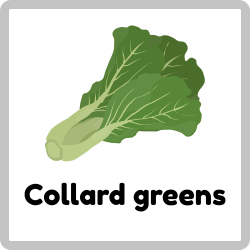
Cucumber: Cucumber is refreshing and watery
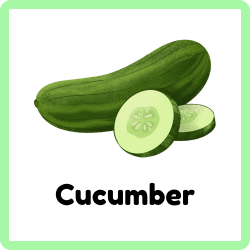
Swiss chard: Swiss chard has leafy greens with bright stems. It is used in soups, sautés, and stews.
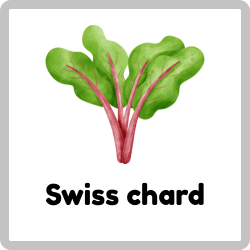
Green chili: Green chilies are small and spicy.
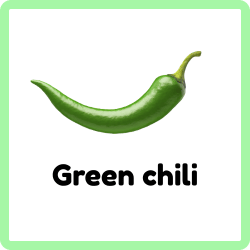
Celery: Celery has crunchy stalks.
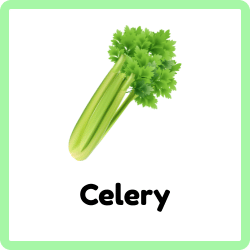
Coriander: Coriander leaves are fresh herbs.
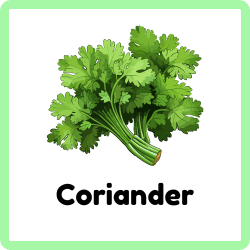
Mint: Mint is a cooling herb. It is used in drinks, chutneys, and garnishes.

Broccoli: Broccoli looks like small green trees. It is steamed, roasted or stir-fried.
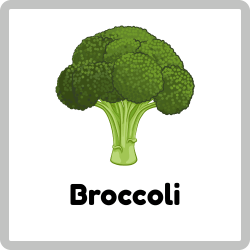
Lettuce: Lettuce is light and crunchy.
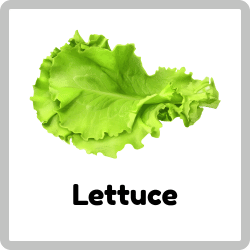
Leek: Leeks look like long onions.
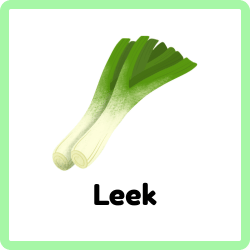
Cabbage: Cabbage has green leaves in layers. It is eaten raw in coleslaw, stir-fried, or cooked in stews and soups.
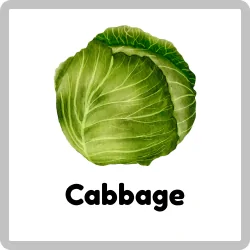
Asparagus: Asparagus has long tender stalks. It is grilled, roasted, or steamed, and people love it for its unique flavor and health benefits.
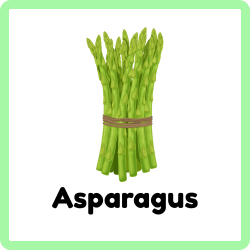
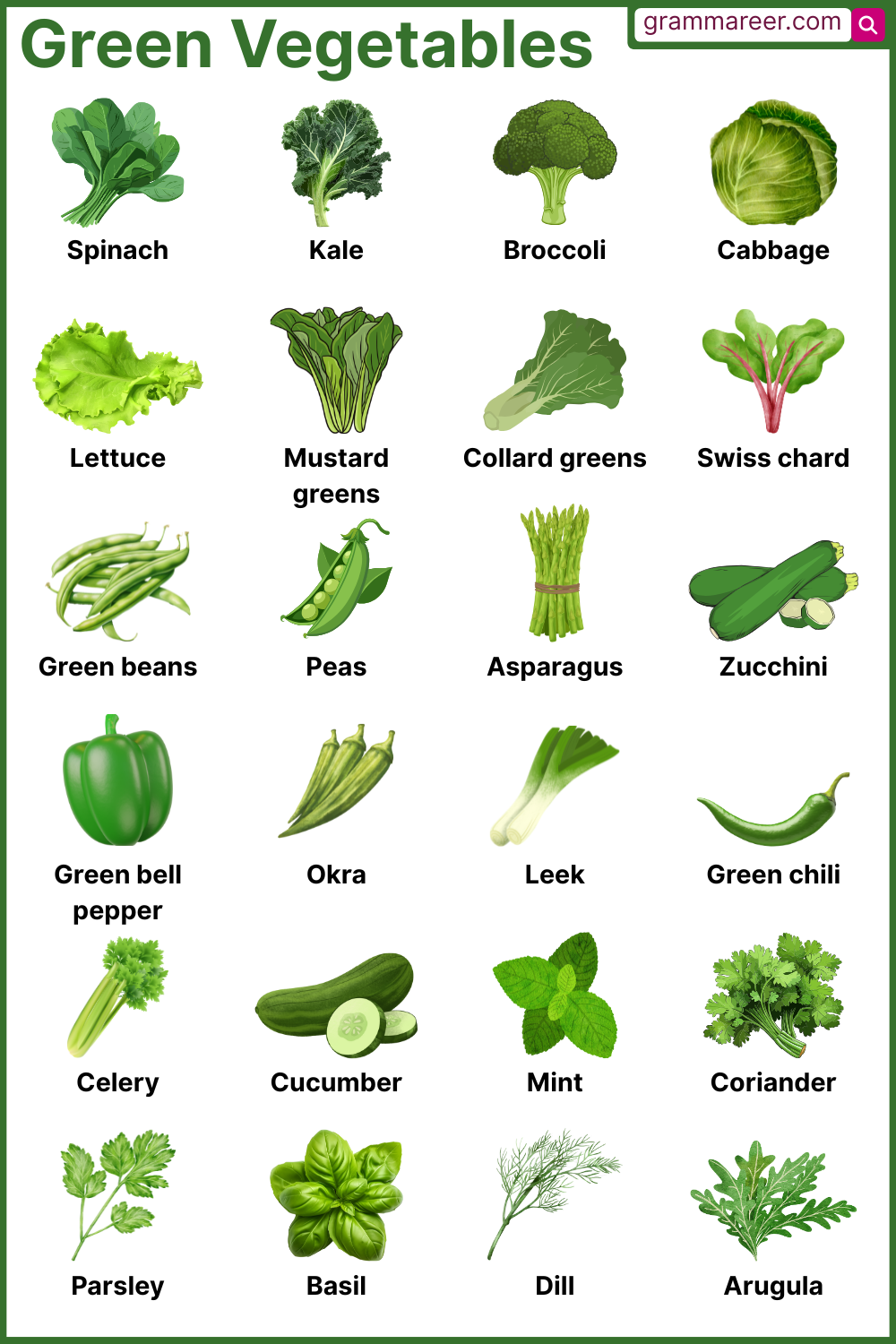
These green vegetables are widely known and easy to learn. Some are cooked, others are eaten raw.
Benefits of Green Vegetables
| Green Vegetables Name | Benefits |
|---|---|
| Kale | Strong bones, boosts immunity |
| Okra | Aids digestion, supports heart health |
| Spinach | Improves blood health, gives energy |
| Peas | Provides protein, keeps stomach full |
| Green bell pepper | Strengthens immunity, improves skin |
| Mustard greens | Protects eyes, fights inflammation |
| Green beans | Good for weight, supports digestion |
| Zucchini | Hydrates body, easy on stomach |
| Collard greens | Strengthens bones, aids digestion |
| Cucumber | Cools body, hydrates skin |
| Swiss chard | Lowers blood pressure, supports muscles |
| Green chili | Boosts metabolism, improves immunity |
| Celery | Helps digestion, supports weight loss |
| Coriander | Freshens meals, cleanses body |
| Mint | Aids digestion, cools body |
| Broccoli | Boosts immunity, supports weight health |
| Lettuce | Light food, helps hydration |
| Leek | Improves circulation, supports heart |
| Cabbage | Aids digestion, good for skin |
| Asparagus | Supports kidneys, removes waste |
Leafy Green Vegetables Names in English
Leafy greens are vegetables with edible leaves. Below is a list of leafy green vegetables often seen in meals or markets.
- Spinach
- Kale
- Lettuce
- Mustard Greens
- Swiss Chard
- Arugula
- Beet Greens
- Collard Greens
- Watercress
- Fenugreek Leaves
- Turnip Greens
- Radish Leaves
- Bok Choy
- Romaine
- Napa Cabbage
- Dandelion Greens
- Endive
- Sorrel
- Moringa Leaves
- Mint Leaves
These leafy green vegetables help learners see how vegetable leaves differ in shape, texture, and taste.
English Vocabulary for Edible Green Plants
These green plants are often part of everyday meals. They may not look leafy, but they are eaten as vegetables.
- Asparagus
- Artichoke
- Avocado
- Green Pumpkin
- Zucchini
- Edamame
- Peas
- Chayote
- Green Mango (unripe)
- Green Papaya
- Kohlrabi
- Brussels Sprouts
- Cucamelon
- Snake Gourd
- Ivy Gourd
- Bottle Gourd
- Ridge Gourd
- Raw Banana
- Sweet Pea Shoots
- Tinda (Indian Round Gourd)
These edible green plants are found in different parts of the world and are often cooked in traditional dishes.
Green Vegetable Words by Shape and Use
Understanding green vegetables by shape or usage helps beginners learn better. Below are vegetables grouped by how they look and how they’re used.
Long, Round, and Leaf-Based Greens
Long Green Vegetables
- Cucumber
- Snake Gourd
- Zucchini
- Green Beans
- Ridge Gourd
- Spring Onion
- Asparagus
- Bottle Gourd
- Okra
- Leeks
Round Green Vegetables
- Tinda
- Brussels Sprouts
- Cabbage
- Green Apple
- Kohlrabi
- Green Tomato
- Chayote
- Avocado
- Green Pumpkin
- Round Courgette
Leaf-Based Green Vegetables
- Spinach
- Lettuce
- Kale
- Arugula
- Mustard Greens
- Swiss Chard
- Fenugreek
- Sorrel
- Romaine
- Watercress
These shape-based groups help learners recognize vegetables by appearance.
Cooking, Raw, and Salad-Use Green Vegetables Names
Common Green Vegetables Names Used for Cooking
- Spinach
- Broccoli
- Green Beans
- Zucchini
- Okra
- Bitter Gourd
- Bottle Gourd
- Kale
- Chayote
- Brussels Sprouts
Green Vegetables Eaten Raw
- Lettuce
- Cucumber
- Green Apple
- Avocado
- Green Bell Pepper
- Celery
- Arugula
- Spring Onion
- Mint Leaves
- Green Grapes
Green Vegetables Common in Salads
- Lettuce
- Romaine
- Cucumber
- Spinach
- Green Apple
- Green Bell Pepper
- Celery
- Arugula
- Green Grapes
- Avocado
These categories help beginners understand which vegetables are cooked, eaten raw, or used in salads.
Simple English Words for Green Veggies
This section explains basic green vegetables vocabulary in everyday English. It’s great for early learners or kids.
Basic Green Vegetables for Beginners
These are the easiest names to learn when starting out with green vegetables vocabulary.
- Peas
- Beans
- Cabbage
- Lettuce
- Spinach
- Broccoli
- Apple (Green)
- Pumpkin (Green)
- Okra
- Corn Leaves
These words are easy to remember and commonly taught in early lessons.
Green Veggie Names Kids Can Learn First
These names are useful for helping children identify vegetables in pictures and daily meals.
- Carrot Tops (Green Leaves)
- Lettuce
- Green Beans
- Peas
- Cucumber
- Broccoli
- Bell Pepper
- Celery
- Mint
- Spinach
These are easy green vegetables that kids often see at home or in schoolbooks.
FAQs
Spinach, broccoli, cucumber, lettuce, and green beans are the most commonly used green vegetables in English.
Start with picture-based flashcards using simple names like peas, lettuce, and cabbage. Focus on leafy and round shapes.
Common green salad vegetables include lettuce, cucumber, spinach, green bell pepper, and celery.
Leafy greens like spinach and kale are eaten for their leaves. Non-leafy greens like okra or peas are not leaf-focused.
No. Only edible plant parts like leaves, fruits, or pods are considered green vegetables in English.
You May Also Like

